The picture “And we see” the most common name. There is one more thing – “And we shall see”, taken from the author’s list of N. Roerich’s paintings for 1917-1924.
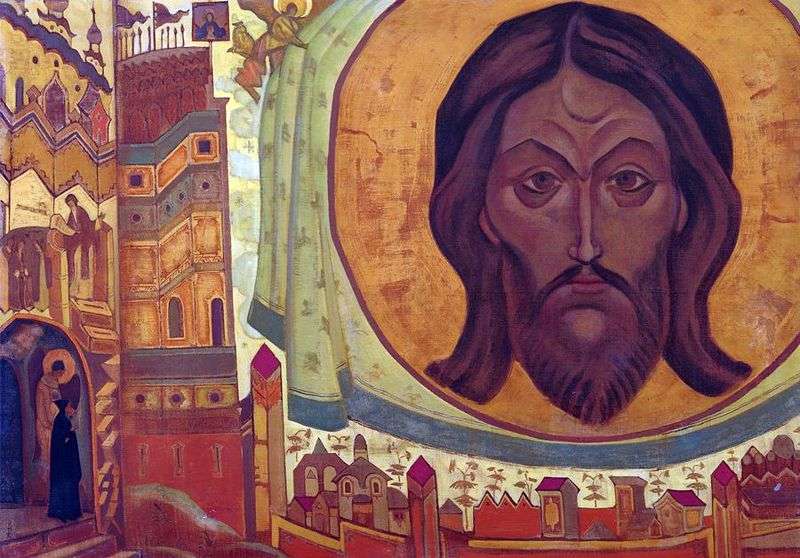

The picture “And we see” the most common name. There is one more thing – “And we shall see”, taken from the author’s list of N. Roerich’s paintings for 1917-1924.
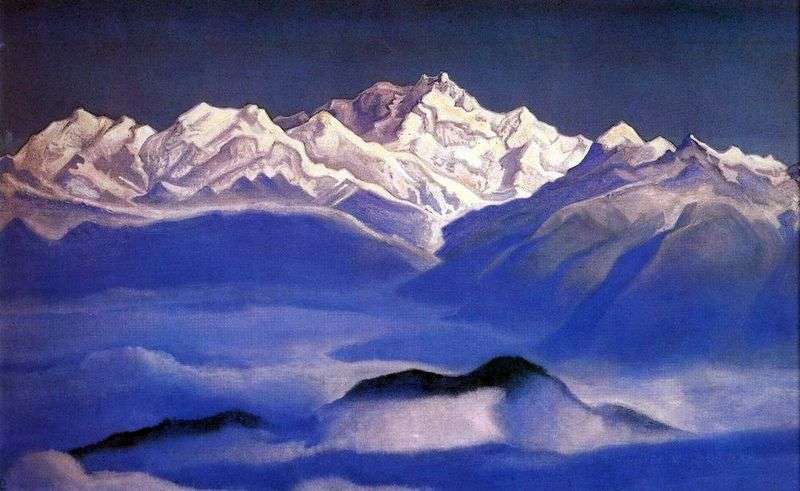
The search for beauty and knowledge, spiritual interests determined the beginning of a new page in the life and work of Roerich. In December 1923, he arrived in India. After
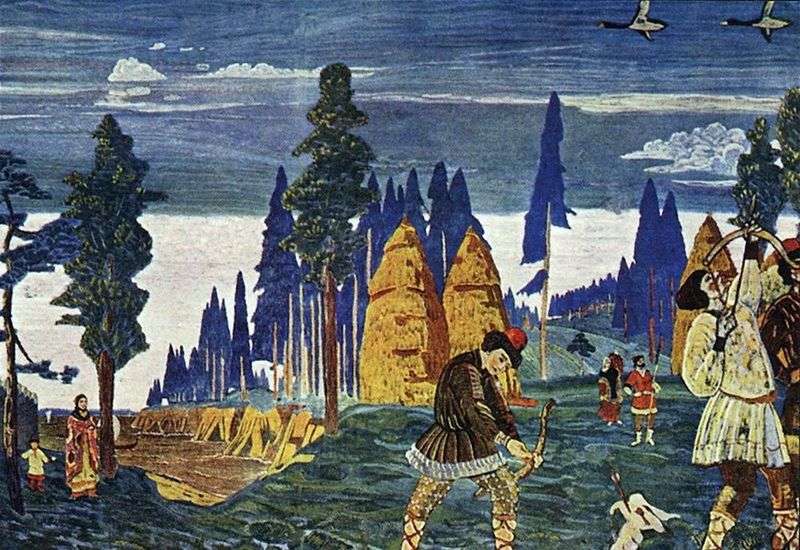
In the depiction of a landscape with ancient buildings, as well as everyday scenes from the life of the Western Slavs, the artist follows history. But, in essence, the historical

The painting “Blue Mountains” conveys the incomparable mountain landscape of the Himalayas. Eternal snows sparkle on the tops, the hollows are covered with a light haze, the ridge is marked
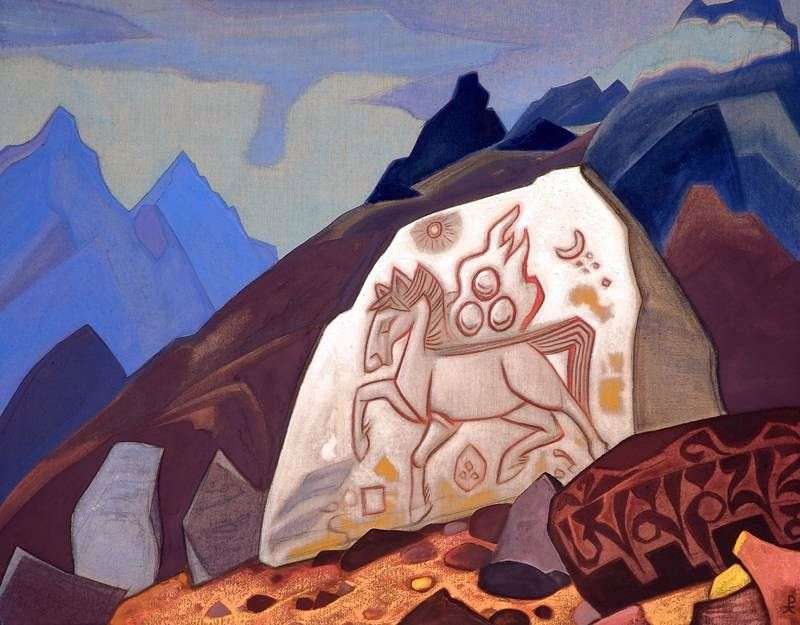
Several names for this canvas – this is the “White Stone” and “Chintamani Sign” and “Horse of Happiness” … And all have a secret, deepest meaning. During the Central Asian
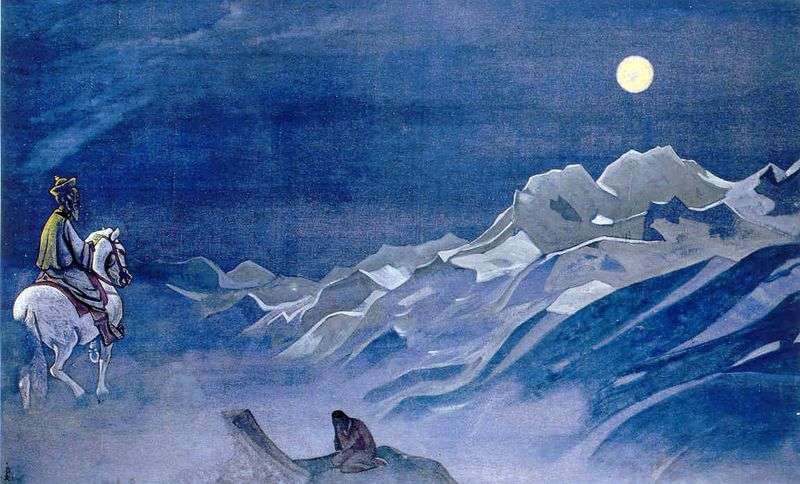
The painting “Oirot-Messenger of the White Burkhan” was painted by the artist in 1925, before the expedition arrived in Altai. Nikolai Konstantinovich attributed it to the “Banners of the East”
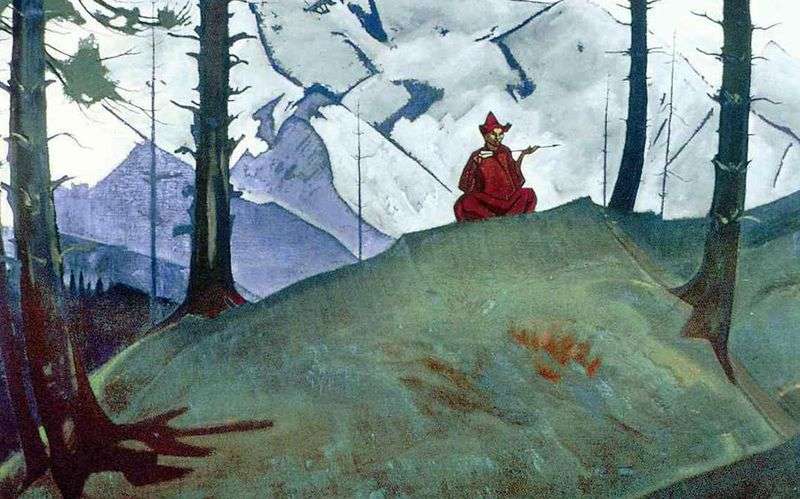
The painting “Sarakha – Good Arrow”. “Sarakha” in Sanskrit means “archer”. The “Great Brahman” Sarakha is one of the greatest yogis of India, he is a Buddhist Mahasiddha, that is,
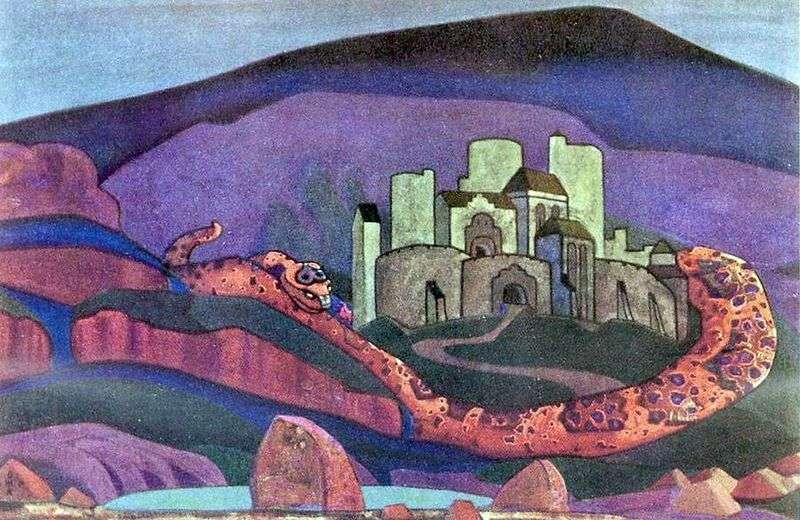
A terrible impression this picture. A huge red serpent coiled around the city walls, closed all exits tightly and was about to crush the stone strongholds in its deadly arms.
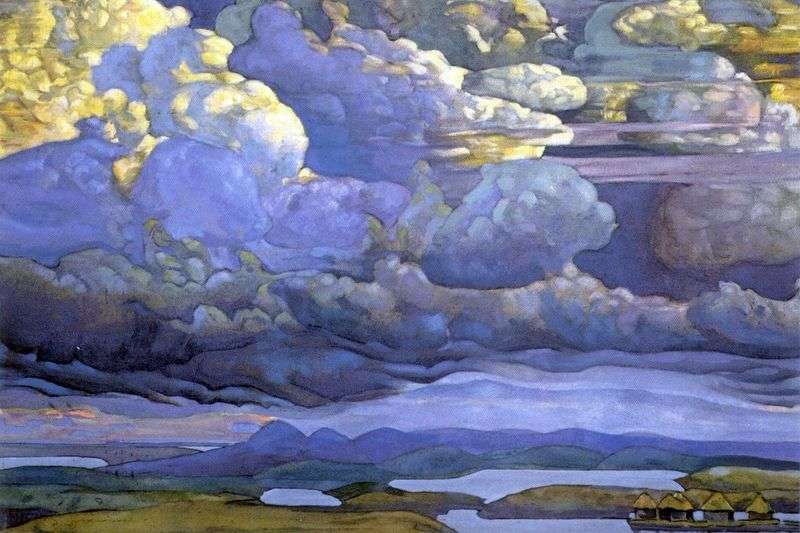
Nicholas Roerich – a kind of author, whose work is distinguished by deep philosophical and lyrical motifs. The themes of his canvases are diverse and complex, inspired and sublime. Roerich’s
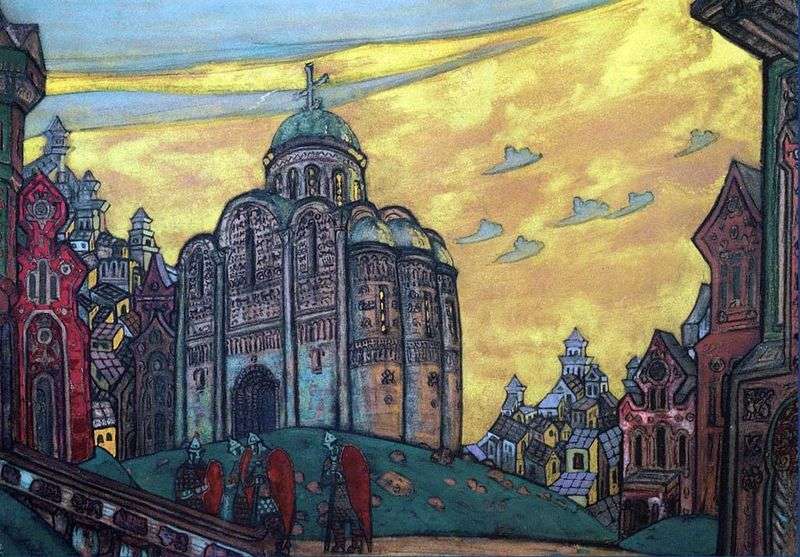
Libretto by A. P. Borodin, written on the material of the Russian epic poem of the XII century “The Word about Igor’s Regiment”. The implementation of Diaghilev’s plans for the

The painting “The Star of the Morning” refers to the mature period of the work of Nicholas Roerich. The Star of the Morning was written in 1932 in a tempera
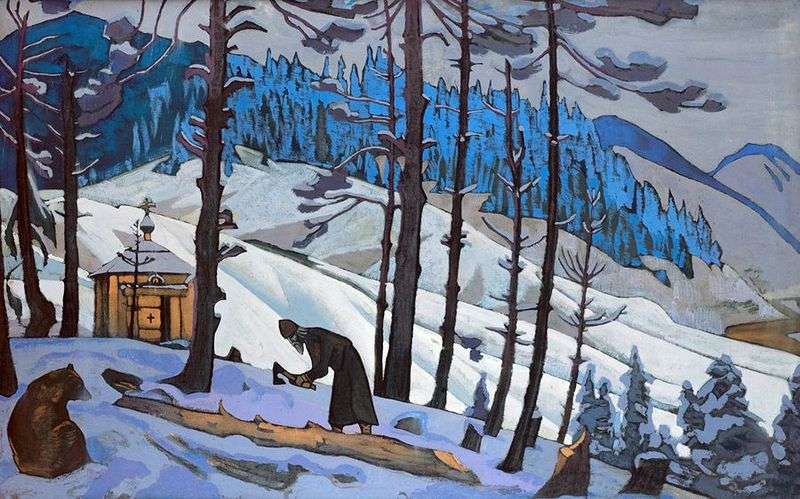
The picture of N. K. Roerich “Sergius the Builder” is dedicated to the great saint of the Russian Land – Sergius of Radonezh N. K. Roerich writes that “Work in
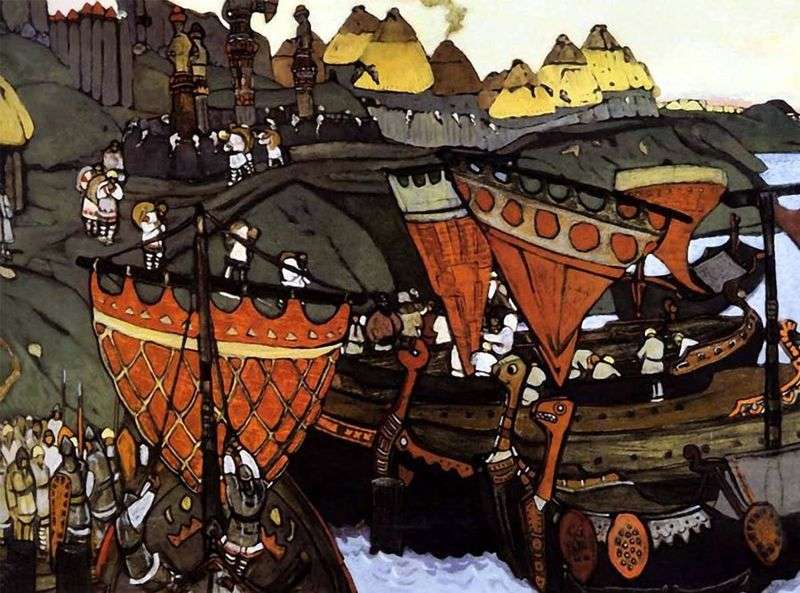
The painting “Slavs on the Dnieper” from the series “Beginning of Russia. Slavs” was written in 1905. During this period, the artist worked intensively on paintings from ancient Russian history.
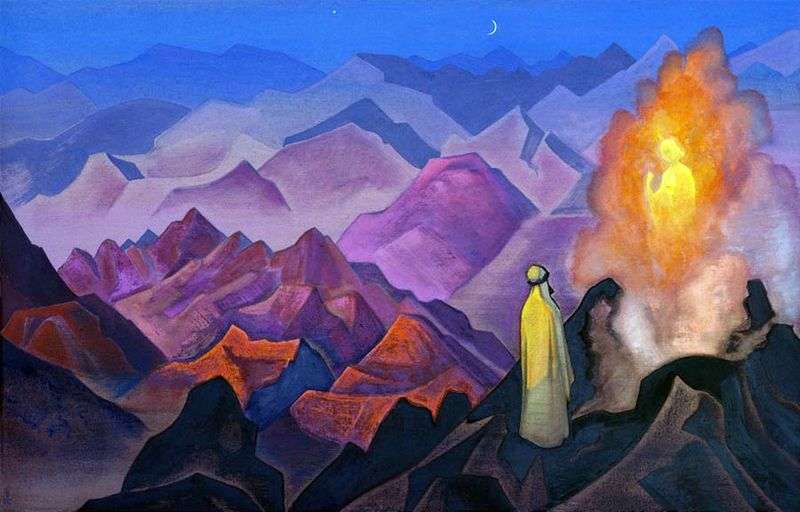
The synthesis of beauty, truth and goodness, embodied in the “Banners of the East” series, brings together N. Roerich’s artistic ideas and the philosophy of the Unity. Here, in Asia,
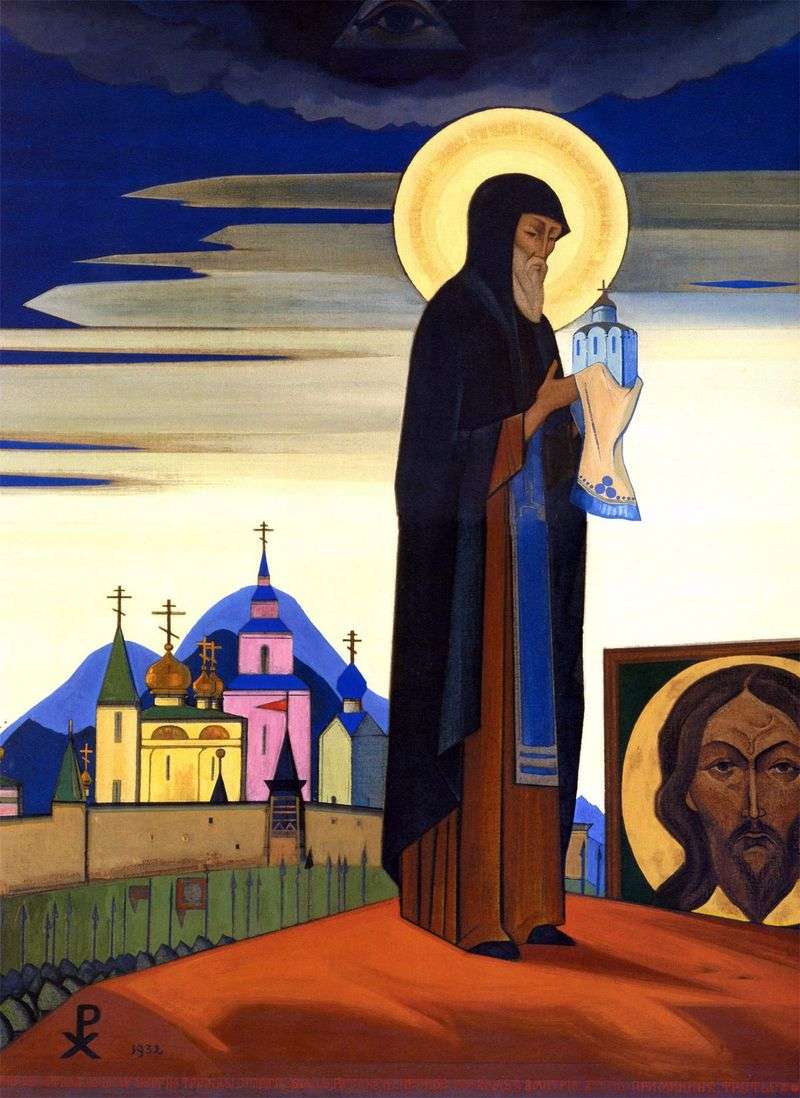
Nicholas Roerich as a fine artist and connoisseur of beauty attracted complex, great images, be it mountain peaks or heroes of the spirit. In the work of Roerich there is
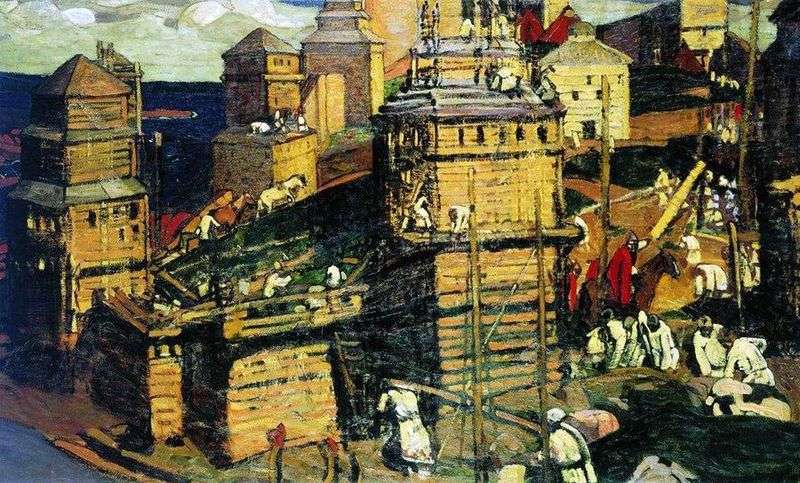
In golden brown saturated colors, he painted the painting “Build a City” – an anthem to work and creative creation. Fortifications, walls and towers were erected on a hill surrounded
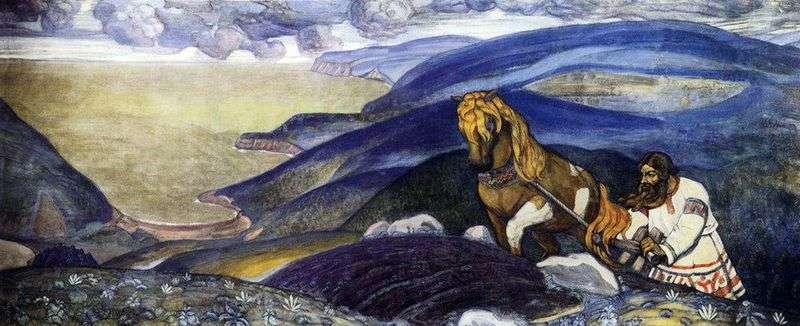
Nicholas Roerich – the great artist of Russia, endowed with a special artistic vision and awareness of the world. Roerich’s picturesque canvases, like many of his literary and other creative
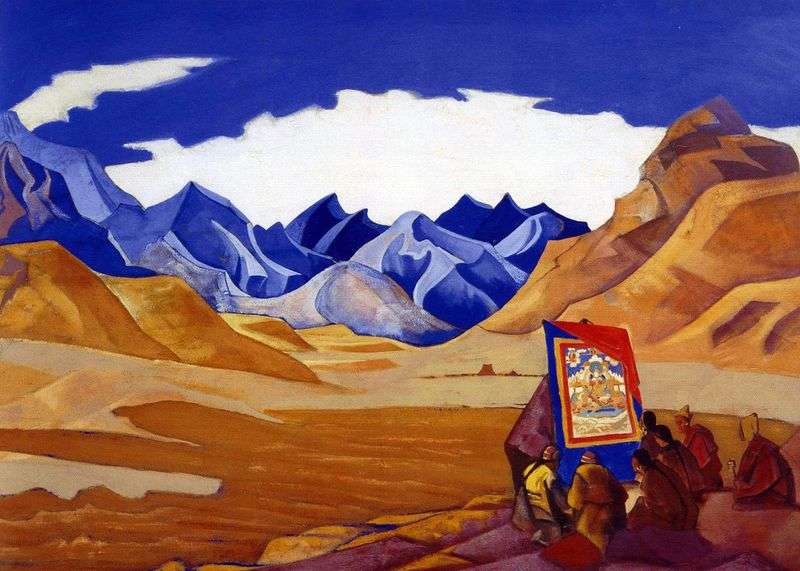
The painting “The Banner of the Future” is one of the most significant in the Maitreya series. In this canvas, the artist only a hint creates a sense of the
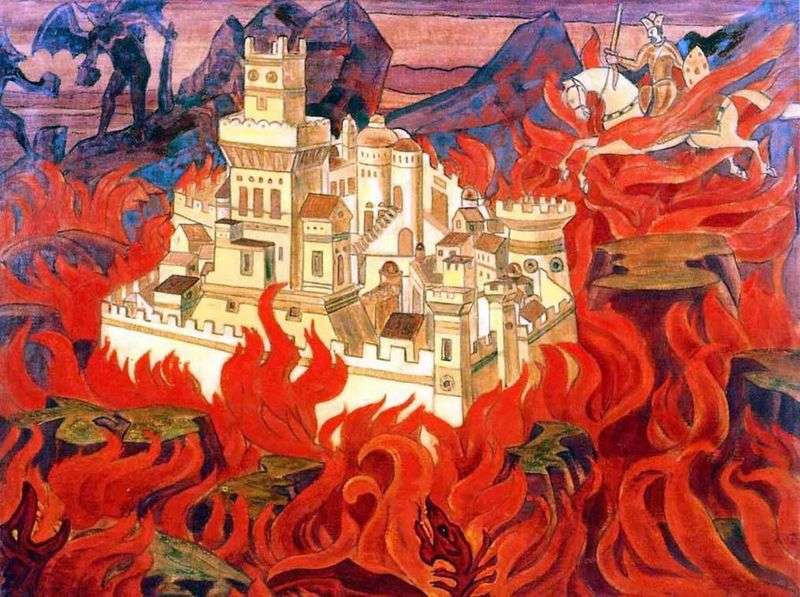
The picture was conceived by Nicholas Konstantinovich Roerich in Frankfurt in 1911: “I worked after lunch. I will do another little thing:” The most pure city. “ The paintings of
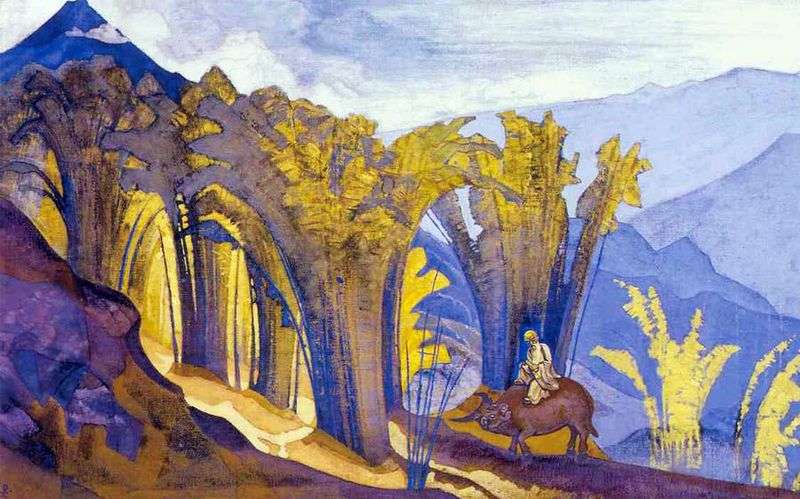
In Sikkim, Nikolai Roerich wrote a large series of paintings “Banners of the East.” On the canvases depicted the founders of the teachings and religions, philosophers and devotees, reformers and
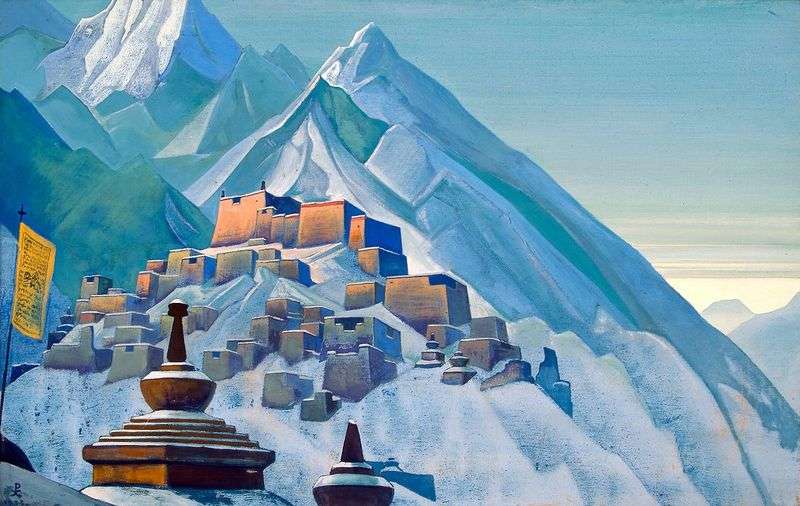
In the work of Nikolai Konstantinovich Roerich there is a great interest of the master in rare unique cultural communities, religious teachings, and islands of the spirit among the twentieth